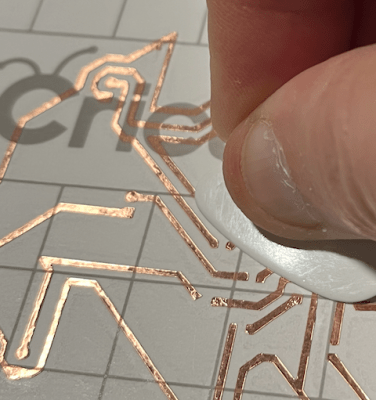For serious high-voltage plasma, you need a serious transformer. [Jay Bowles] from Plasma Channel is taking his projects to the next level, so he built a beefy 6000:1 flyback transformer.
[Jay] first built a driving circuit for his dream transformer, starting with a simple 555 circuit and three MOSFETs in parallel to handle 90 A of current. This led to an unexpected lesson on the necessity for transistor matching as one of them let out the Magic Smoke. On his second attempt, the 555 was swapped for an adjustable pulse generator module with a display, and a single 40 A MOSFET on the output.
The transformer is built around a large 98×130 mm ferrite core, with eleven turns on the primary side. All the hard work is on the secondary side, where [Jay] designed a former to accommodate three winding sections in series. With the help of the [3D Printing Nerd], he printed PLA and resin versions but settled on the resin since it likely provided better isolation.
 [Jay] spent six hours of quality time with a drill, winding 4000 feet (~1200 m) of enameled wire. On the initial test of the transformer, he got inch-long arcs on just 6 V and 15 W of input power. Before pushing the transformer to its full potential, he potted the secondary side in epoxy to reduce the chances of shorts between the windings.
[Jay] spent six hours of quality time with a drill, winding 4000 feet (~1200 m) of enameled wire. On the initial test of the transformer, he got inch-long arcs on just 6 V and 15 W of input power. Before pushing the transformer to its full potential, he potted the secondary side in epoxy to reduce the chances of shorts between the windings.
Unfortunately, the vacuum chamber hadn’t removed enough of the air during potting, which caused a complete short of the middle winding as the input started pushing 11 V. This turned the transformer into a beautiful copper and epoxy paperweight, forcing [Jay] to start again from scratch.
On the following attempt [Jay] took his time during the potting process, and added sharp adjustable electrodes to act as voltage limiters on the output. The result is beautiful 2.25-inch plasma arcs on only 11 V and 100 W input power. This also meant he could power it with a single 580 mAh 3S LiPo for power.
[Jay] plans to use his new transformer to test materials he intends to use in future plasma ball, ion thruster, and rail gun projects. We’ll be keeping an eye out for those!
Continue reading “Pushing The Plasma Limits With A Custom Flyback Transformer” →




















